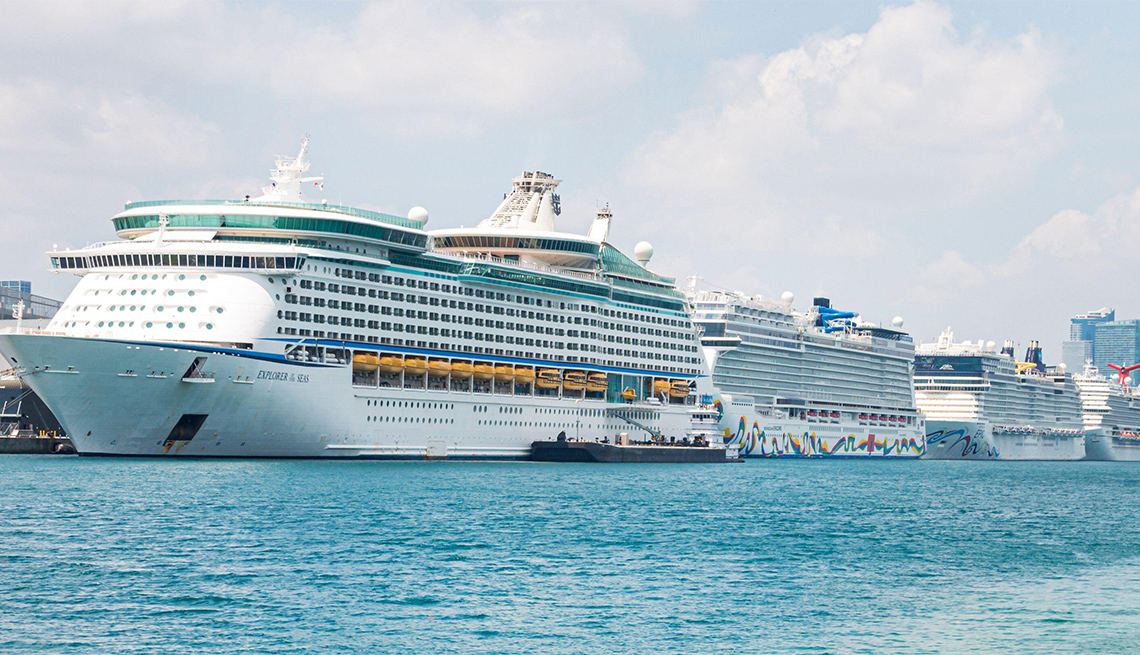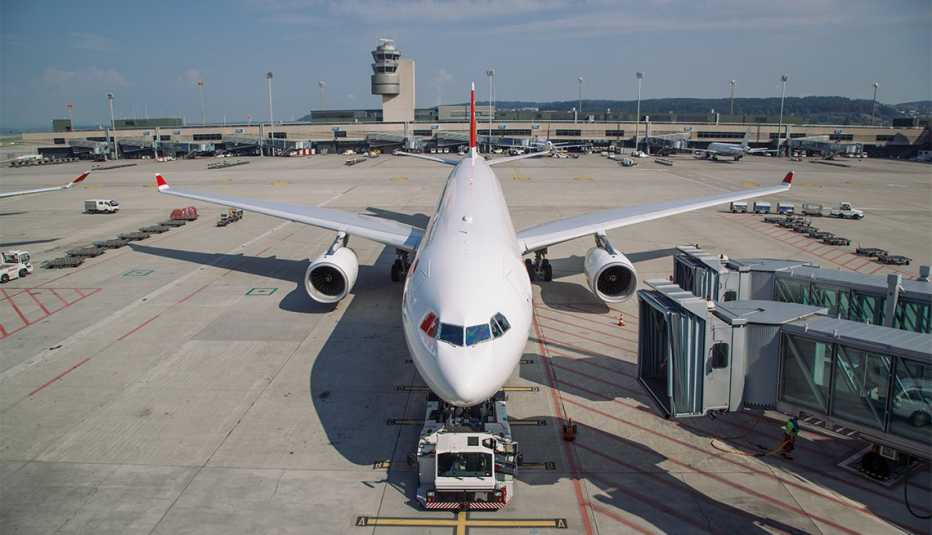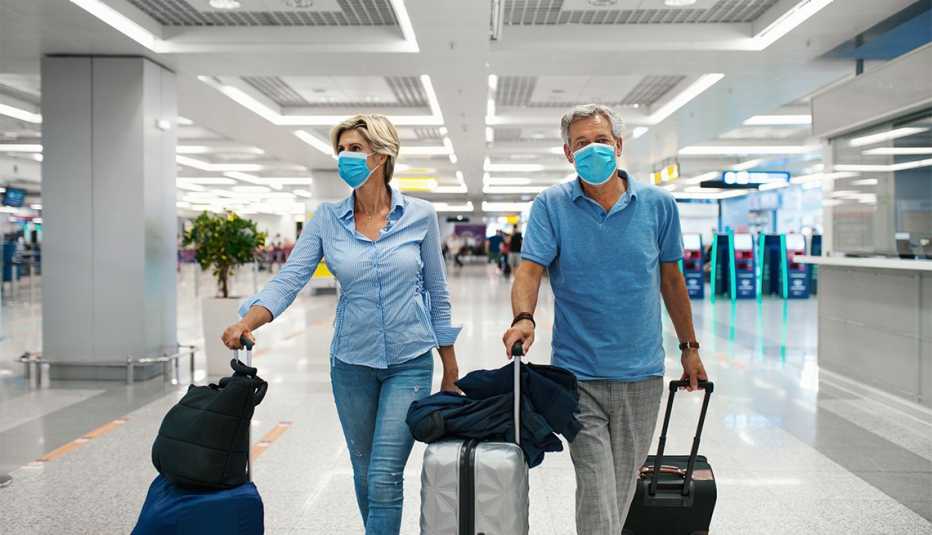Staying Fit
Cruising could return to U.S. waters in a matter of weeks, and with relaxed rules for fully vaccinated passengers. In a letter sent to the cruise industry April 28, the CDC clarified the latest phase of its Conditional Sail Order for big ships with 250 or more passengers and said it was committed to cruising’s resumption in American waters by midsummer. Before this clarification, the order had put cruising on hold until November.
Some easing of restrictions makes this earlier date more probable. While the CDC is still requiring cruise companies to conduct test sailings with nonpaying passengers to prove the effectiveness of their new infection-control protocols for COVID-19, the agency will now review their applications to run tests within five days, rather than the 60 days originally estimated. Plus, companies can now bypass these simulated voyages if they attest that 98 percent of the crew and 95 percent of passengers will be vaccinated on their cruises.


AARP Membership— $12 for your first year when you sign up for Automatic Renewal
Get instant access to members-only products and hundreds of discounts, a free second membership, and a subscription to AARP the Magazine.
These changes affect travelers directly:
- Cruise lines will not have to test fully vaccinated passengers when they embark or disembark, but those not vaccinated will have to be tested, using either the polymerase chain-reaction (PCR) or the rapid antigen test.
- During port stops, and at the discretion of the cruise lines, fully vaccinated passengers can participate in independently operated tours or explore on their own, provided they wear masks when indoors.
- At their discretion, cruise lines can allow fully vaccinated passengers to go maskless outdoors on a ship, except in crowded settings.
- Passengers exposed to or who contract COVID on a cruise won’t necessarily have to quarantine on the ship. They may be allowed to drive home if they live within driving distance; if they don’t live nearby, they may be allowed to go to a hotel.
"All signs point to this being a very positive development for American travelers and those Americans who want a home port,” says Richard Marnell, an executive vice president with Viking Cruises.
“This is huge news that the travel industry has been waiting 14 months to hear. We’re all breathing a sigh of relief,” says Michelle Fee, founder and CEO of Cruise Planners, an American Express travel representative. “The CDC is moving in the right direction by updating some of its outdated requirements [for cruising] and bringing them up to the current restriction level that would be found at similar hospitality venues shorewide, such as restaurants, bars and casinos.”
Pushback against ‘burdensome’ CDC requirements
These encouraging developments came after the CDC faced heavy criticism for the latest phase of its Conditional Sail Order, which it issued April 2, and then its Full Guidelines for U.S. Cruise Resumption, released May 5. The sail order update recommended that crew, passengers and port workers be vaccinated; set additional requirements; and set no timeline for test cruises. In response, Florida filed a lawsuit, joined by Texas and Washington, asking the court to find the order unlawful. (All three states are home to big-cruise port cities.) And the Cruise Lines International Association quickly labeled the update “unduly burdensome and largely unworkable.”
Frustrated cruise company executives cried foul, too, pointing to the apparent efficacy of the vaccines now available, stressing all the safety protocols they’ve put in place, and noting that airlines and hotels have not been similarly restricted. In an interview with CBS News, Richard Fain, chairman and CEO of the Royal Caribbean Group, said that its brands already sailing in other parts of the world have carried more that 100,000 guests. “Of that, we’ve only had 10 [COVID] cases,” he said. “We would like to be treated in a very similar way to the airlines and other forms of transportation.”
Frank del Rio, president and chief executive officer of Norwegian Cruise Line Holdings, called the full guidelines “preposterous” in a call with investors May 6. “We’re willing to [initially] vaccinate every single person aboard a cruise ship. There isn’t another venue on earth — not a school, not a factory, not your office building, apartment building, much less an entertainment venue, like a casino, hotel or resort — that can make that claim. We will be the safest place on earth by definition … yet the CDC continues to treat us differently, we dare say unfairly.”



































































